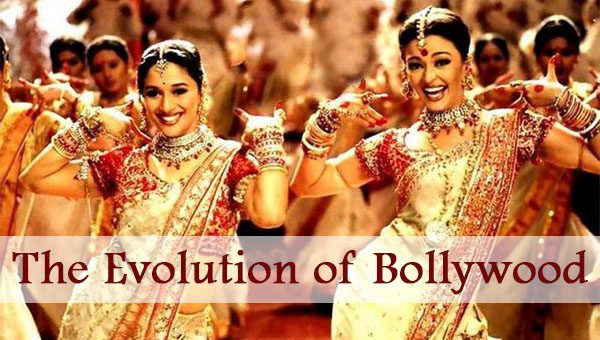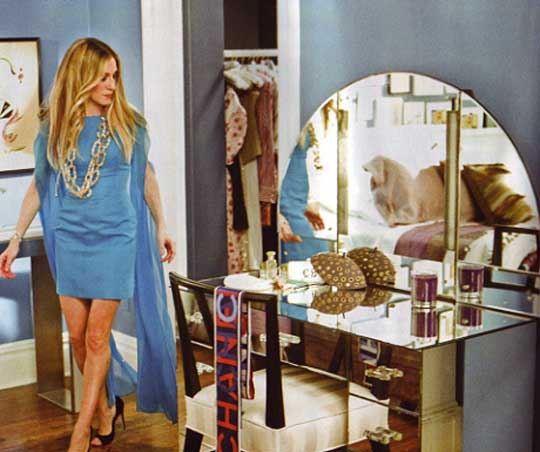The Evolution of Bollywood
The cinema is one of the most popular pastimes around the world, bringing in millions – even billions – of customers each year as people go in search of entertainment. We’ve all seen examples of people queuing through the doors and even camping out overnight to get a seat at the first showing of what is predicted to be the next blockbuster; and even thousands of people standing out in the pouring rain for just a glimpse of the stars appearing for a premiere in areas such as Leicester Square in London.

However, no movie scene is as popular as Indian cinema, with “Bollywood” releasing around 1,000 movies every single year with all kinds now available to stream online around the world using sites like erosnow.com which will let film lovers search for their favourite films, actors and genres wherever they are, whenever they want to watch.
Movies in India have been around for just over one hundred years now, originally emanating around the Madras region before that focus shifted to Bombay (or as it is known today, Mumbai). ‘Bollywood’, as it would later become known throughout the world, celebrated the landmark in 2013 following the very first release of an Indian movie titled “Raja Harishchandra” in May 1913, a silent film directed by ‘the Father of Indian Cinema’ Dadasheb Phalke. This particular film was the story of a King who never told a lie and it has been credited in the media – and throughout the Indian movie scene – that it was the film that started the Bollywood ball rolling.
By the 1930s the Indian movie scene had begun to change dramatically, making its first steps towards the billion dollar industry that we know it as today. The first talking film, “Alam Ara” was released in 1931, and such was the increasing global appeal of the industry that even Western actors and actresses were starting to head to India to try and find their big breaks with the Australian, Mary Evans, who later changed her name to “Fearless” Nadia, the first to appear in an Indian movie in 1935, going on to appear in another 34 films in her career. The global appeal of Indian films led to the first ever showing of a movie from India – Sant Tukaram – being shown at the 1936 Venice Film Festival.
The industry did hit a stumbling block, as you might expect, during the second World War and again during the Indian Independence Movement in 1947; but it was at this point that the music scene began to come to prominence and once the country settled down to normality numerous instances of crossover between music and film were evident and it became the all-singing-all-dancing movie scene we associate with Indian cinema today.
At this time, the movie scene in India still wasn’t referred to as ‘Bollywood’, this in fact became the common term towards the end of the 20th century after the movies had become so big thanks to the popularity of the increased range of genres that now included horror, romance and action; and the advancements in technology that include improved sound quality, more modern film set technology and extravagant choreography, not just in Indian cinema but around the world, caused Western film lovers to take Bollywood into their hearts.
Today the industry is as popular as ever with Indian cinemagoers purchasing around 2.7 billion tickets to showings each year which is an astonishing figure; although there are only around 13,000 movie screens in the whole country compared to nearer the 40,000-mark in the USA.



